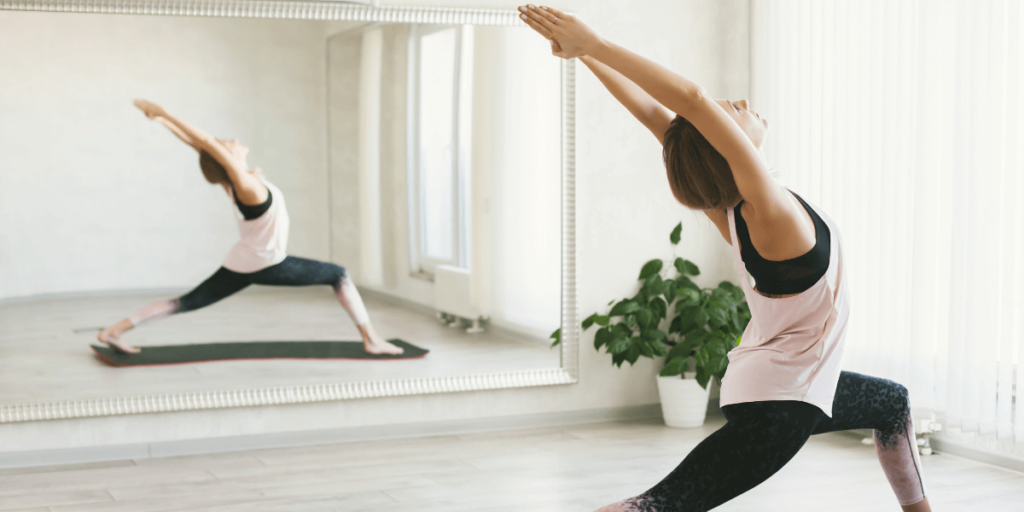Yoga is an excellent way to improve your physical health and maintain your mental wellbeing. Although yoga offers a wide range of health benefits, it is often intimidating for beginners. However, you can start at-home practice without worrying about your level or abilities. In today’s article, we will talk about the best yoga routine for beginners. Read on!
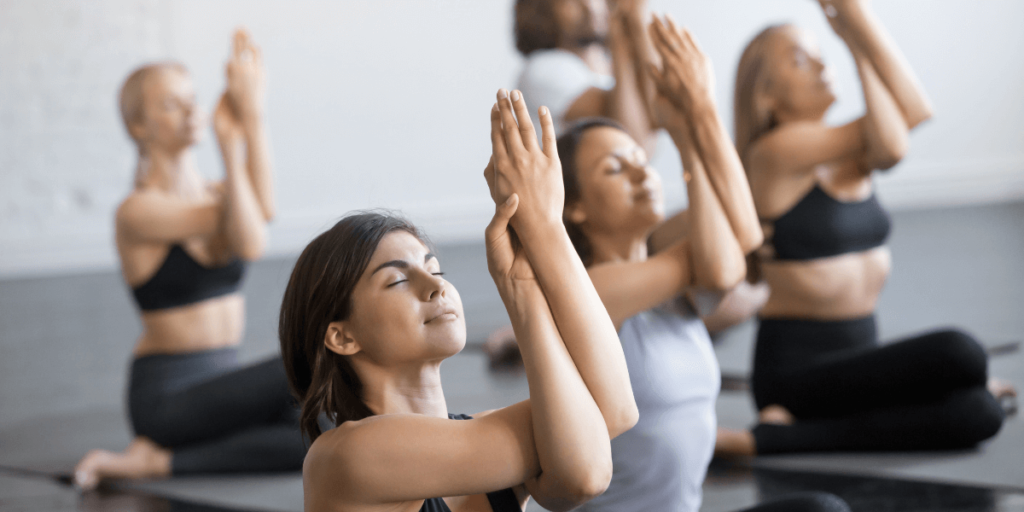
Start Slowly and Focus
Expert yogis recommend starting slowly with yoga, especially if it is a new thing in your daily routine. Do not practice an hour-long session every day if you have just started with yoga. Instead, it is best to start with short yoga poses at least once or twice a week.
When you get comfortable with the poses, you can extend your yoga practice and spend more time working out throughout the week. Besides, pay attention to your breath and body. If there are any problems, talk to your instructor or someone who knows yoga. Don’t forget to use props while performing yoga to provide extra comfort and protect yourself from injuries.
Listen to Your Body
Many people think yoga is a form of exercise, but they are wrong. It’s all about connecting your mind and body to improve your overall health and wellness. The question is how to achieve your wellness goals, and the simple answer is to listen to your body. It means practicing yoga poses and breathing techniques that align with your body perfectly.
Yoga allows you to carry out slower movements and encourage you to hold each pose for an extended period. That way, you can practice yoga successfully. Make sure you don’t push too hard into your yoga practice.
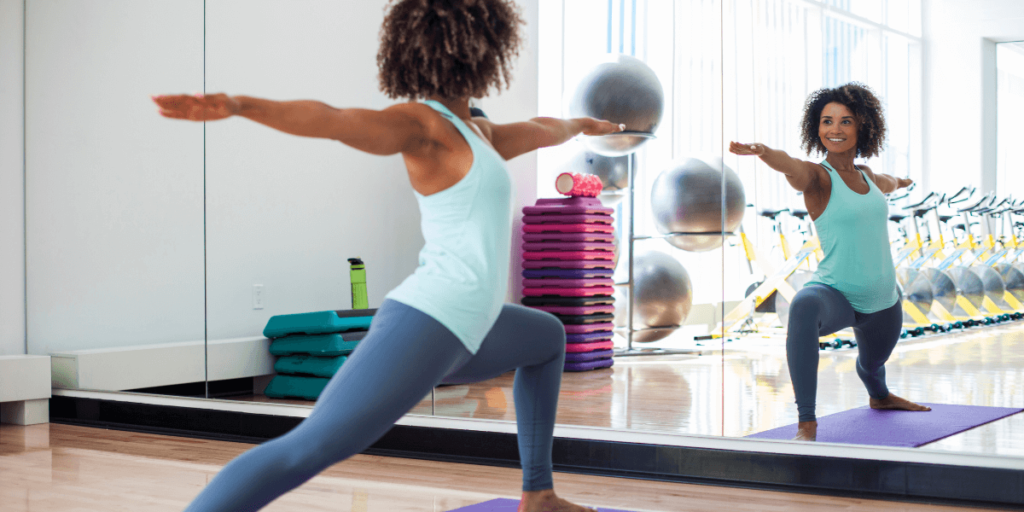
Adapt & Modify Poses
Practicing yoga at home allows you to adapt most poses based on your skill level. As a beginner, if you find difficulty carrying out certain poses, you can always modify them. Make sure you consult with an expert yogi or guru or follow a course designed for beginners on YouTube.
The exciting thing is that you can even practice yoga from a wheelchair. Modifying poses means you will practice easily without any problems. It is crucial to understand that you are a learner, meaning you don’t have to put yourself in harm. So, do whatever is comfortable for you. Moreover, your yoga routine must include the following poses.
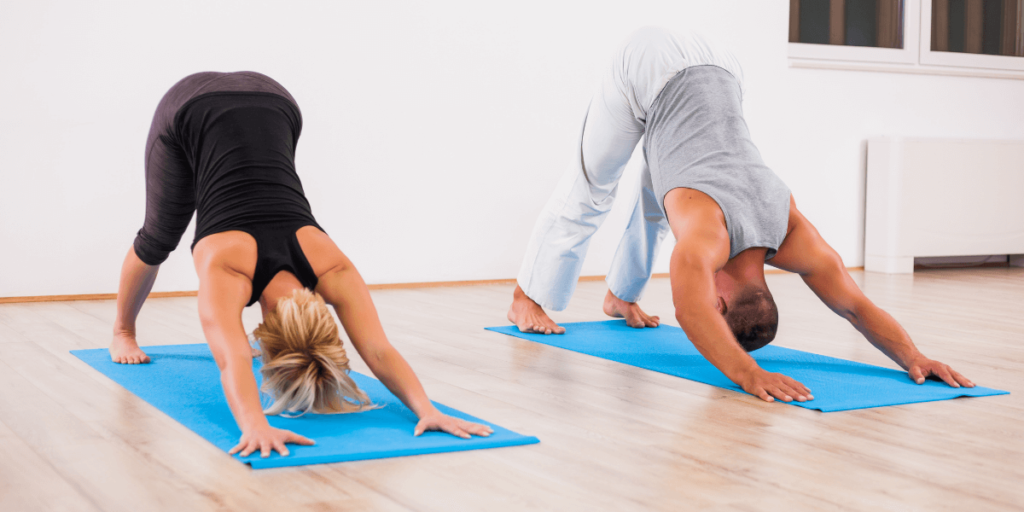
Downward-Facing Dog
Downward-Facing Dog is a famous yoga pose and recommended for beginners. It involves movement on the floor in a standing position.
Step 1: Lay on your stomach and keep your feet apart. Now, place your palms flat on the mat with your fingers wide.
Step 2: Stay comfortable in this position and then push your buttocks upward and backward.
Step 3: Your arms and spine must form a straight line to your buttocks. Put your heels on the ground to strengthen your legs.
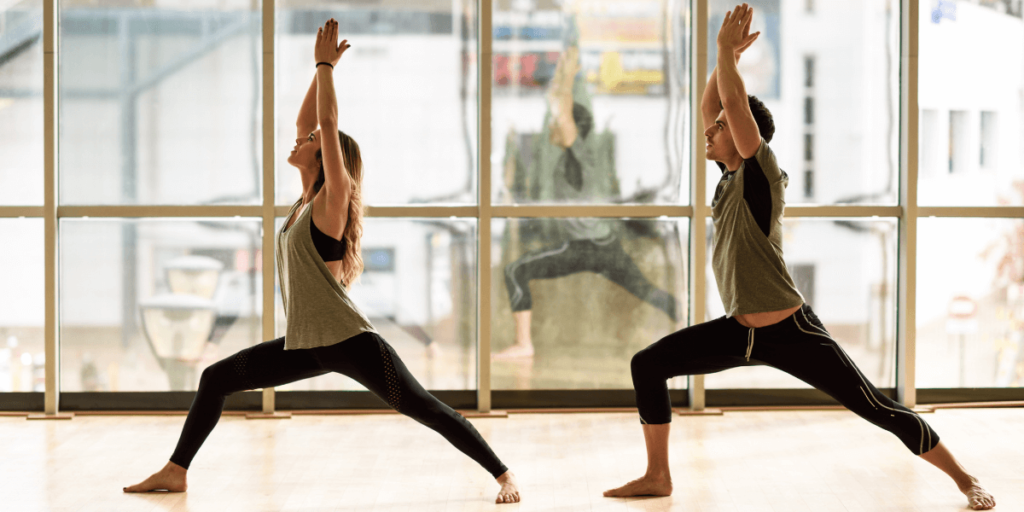
Warrior 1
Another important pose for beginners to familiarize themselves with yoga is Warrior 1. The pose strengthens your arms, shoulders, ankles, and back. It also opens your lungs, chest, and hips, and improves stability, focus, and balance. Warrior 1 encourages blood flow and respiration and triggers cells to energize your entire body. Here are the steps:
Step 1: Start the pose in a standing position and keep your feet apart about your shoulder width.
Step 2: Go into a lunge position by stepping one foot back and make sure your back foot is at an angle to the front foot.
Step 3: Your back foot should face away from your body. Now, lift your hands over your head and elevate your torso to lean back slightly.
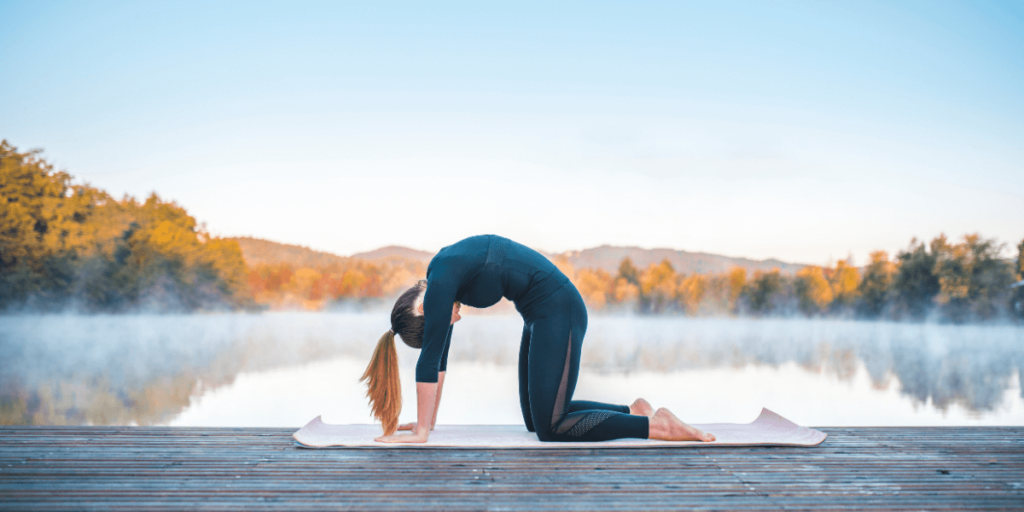
Cat-Cow Pose
Cat and cow poses are often practiced together. It is a great pose to strengthen your spine. During cow stretch, you activate your lumbar spine and the tailbone, while the cat stretch releases the pressure of the upper back and neck. The cat-cow pose also increases blood flow in your back muscles and tissues, leading to reduced discomfort and pain.
Step 1: Start the pose on your hands and knees and ensure your back is straight.
Step 2: Lower your head and move it inward toward your belly to make your back round upward (Cat Pose).
Step 3: Lift your head and torso and then tilt your buttocks to make your back rounds downward (Cow Pose)
We recommend these three yoga poses for beginners. Keep in mind that it’s not necessary to do these yoga poses every day. Practice them at your convenience. Moreover, you can either practice these poses in the morning or early evening, but we suggest working out in the morning as your body is fresh and better prepared.
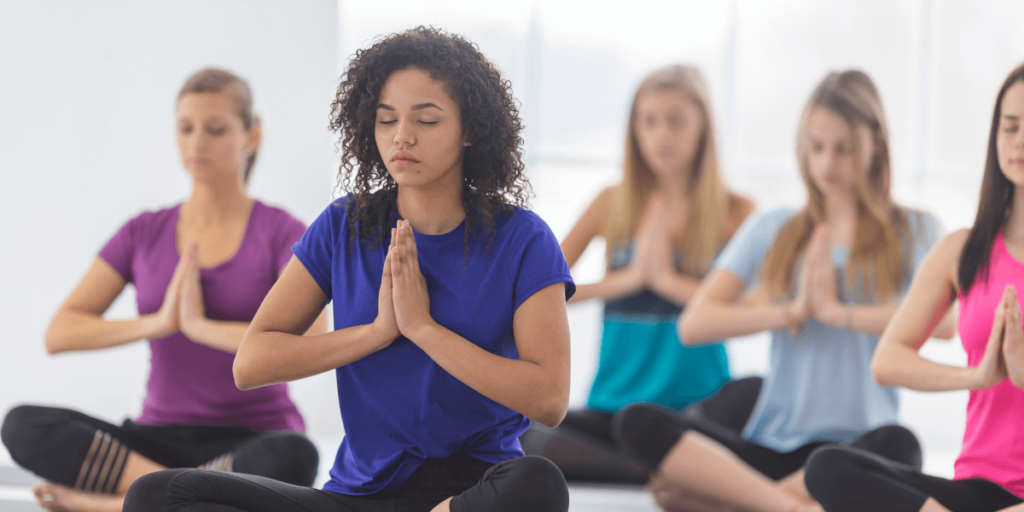
Incorporate Breathing Techniques
Yoga requires you to focus on breathing techniques and incorporate them into your routine. As you become comfortable with poses, include breathing into your practice to increase the efficacy. Inhalation and exhalation with certain poses can significantly improve your health, and with every pose you master, you will begin to feel more calm and relaxed.
Let your body guide your inhalation and exhalation as you move to make your practice effective, natural, and comfortable. Another critical thing to remember is taking full breaths because this allows your body to circulate more oxygen it needs throughout the workout. Benefits of breathing during your workout are:
- Reduced depression and anxiety
- Lower or stabilized blood pressure
- Reduced heart rate to relieve pressure and tension
- Increased energy levels and muscle relaxation
- Reduced oxidative stress and its harmful effects
Some breathing exercises recommended for beginners are:
- Alternate nostril breathing
- Breath on Fire
- UJJAYI Breathing
- Lion’s Breath
- SITALI
Final Words
Although yoga is not easy for beginners, learning to understand the philosophy and practicing more based on your skill level can ace your abilities. That way, you can achieve your yoga goals. Good Luck!
